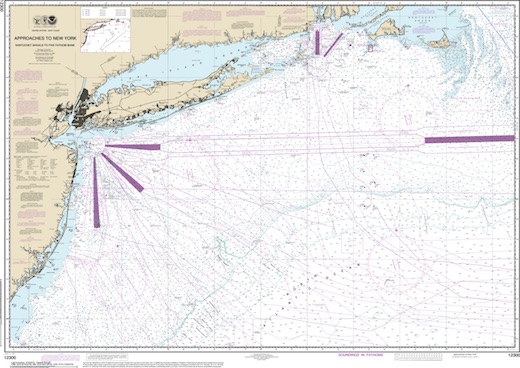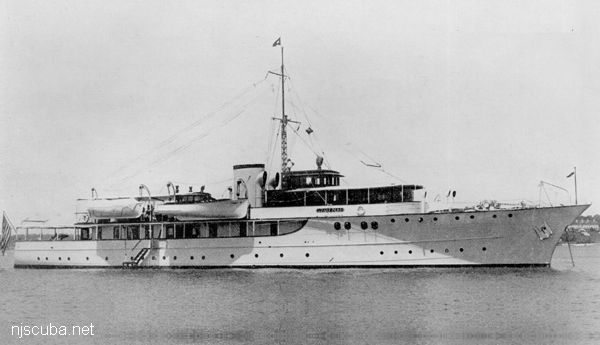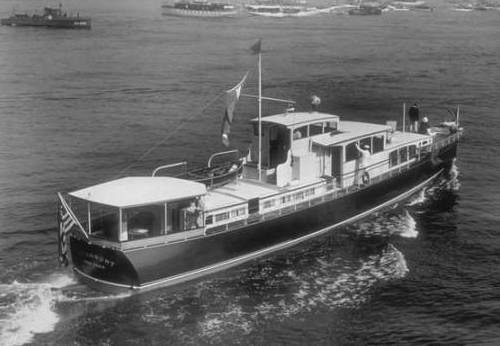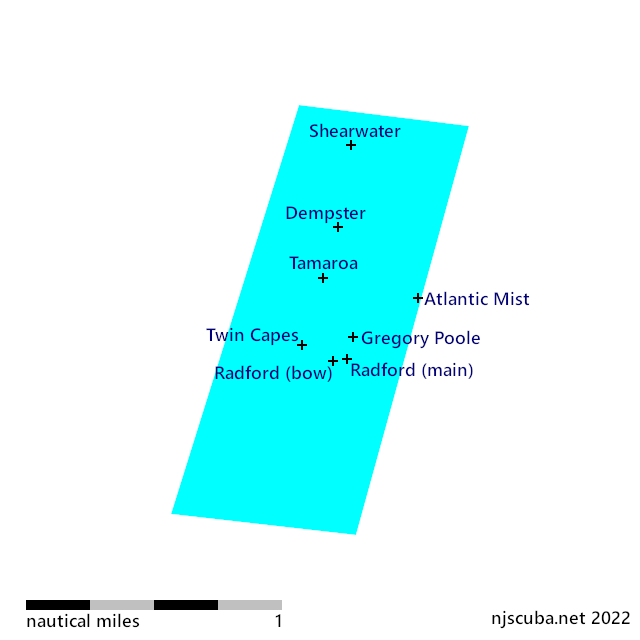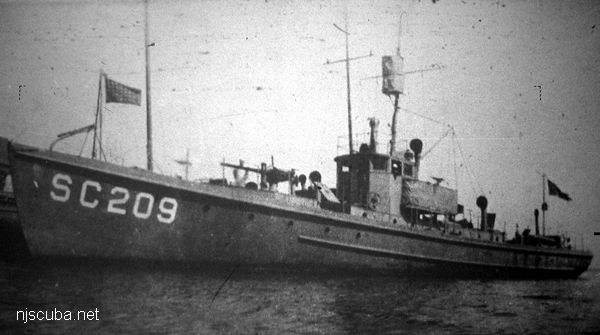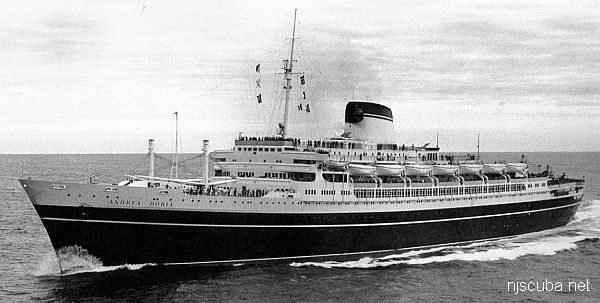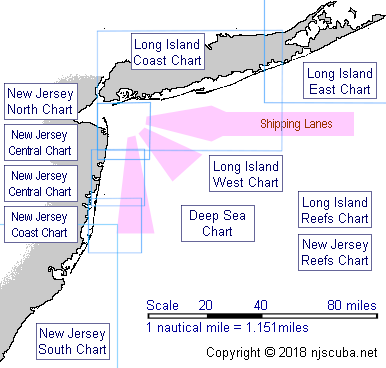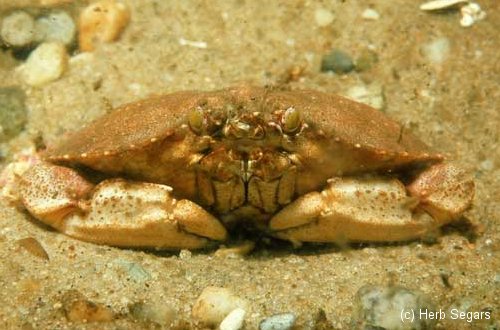Deep Sea Dive Sites
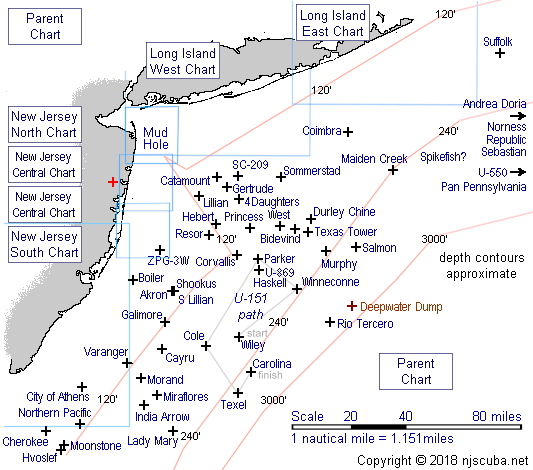
- U-869
- Lillian
- Mud Hole
- Texas Tower
- Andrea Doria
- Coimbra
- RP Resor
- City of Athens
- Northern Pacific
- Varanger
- USS Akron
- Atlantic Princess
- Bidevind
- Boiler Wreck
- Carolina
- USS Catamount
- Cayru
- Charles Morand
- ZPG-3W Reliance
- West Wreck
- U-550
- Thomas Hebert
- Suffolk
- SC-209
- Sommerstad
- Sebastian
- Southern Lillian
- Shookus
- USS Cherokee
- Corvallis
- Durley Chine
- Four Daughters
- Galimore's Cayru
- Herbert Parker
- Hvoslef
- India Arrow
- Lady Gertrude
- Lady Mary
- Lake Frampton
- Maiden Creek
- Miraflores
- USS Moonstone
- USS Murphy
- Norness
- Oklahoma
- Pan Pennsylvania
- Rio Tercero
- Republic
- USS Spikefish
- Texel
- USS Salmon
- Isabel B Wiley
- Winneconne
- Jacob M Haskell
- Edward H Cole
- DelJerseyLand Reef ...
